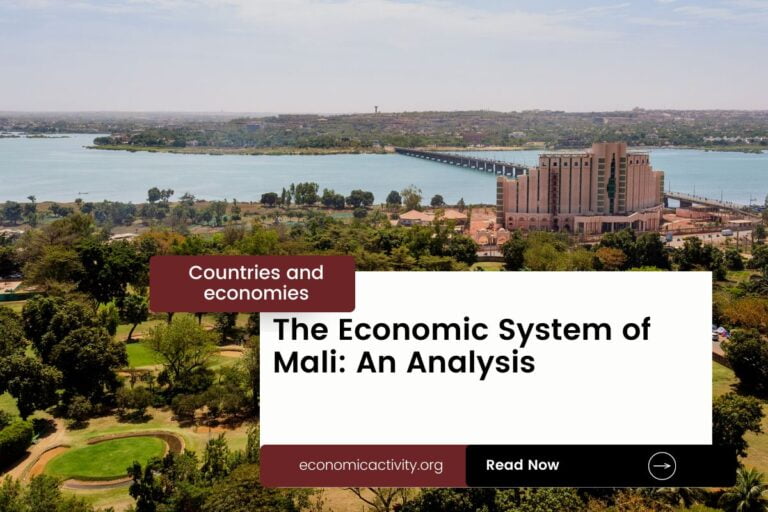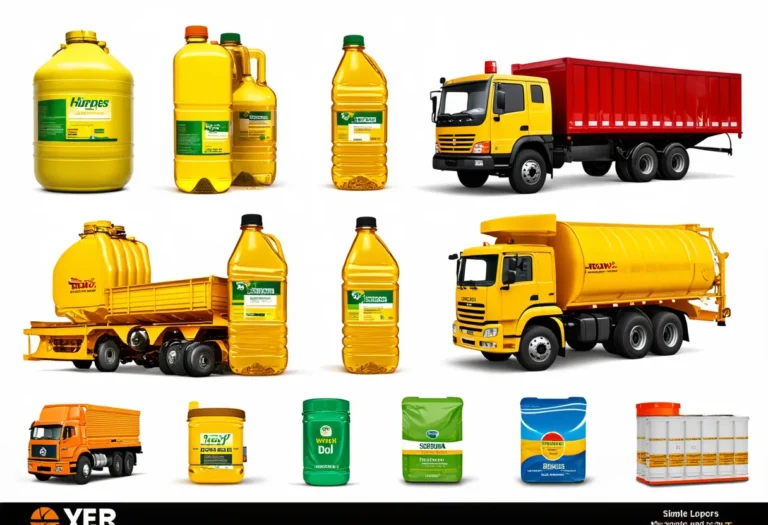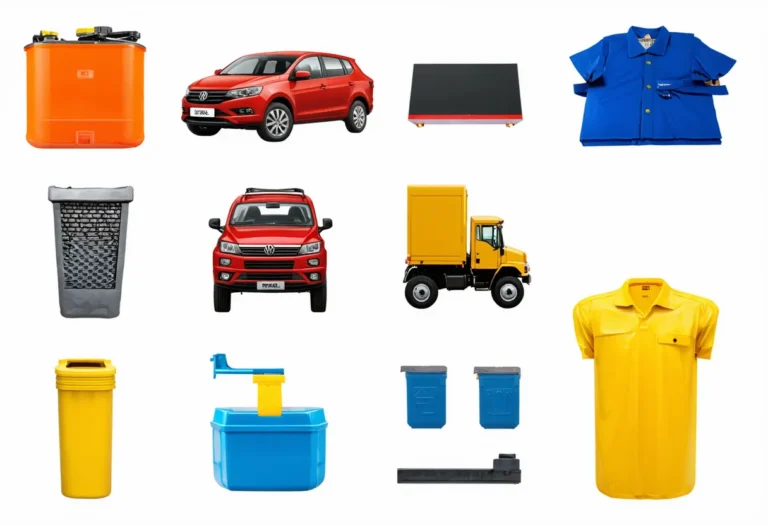Mongolia, with a population of 3,398,366, is ranked 127th in the world, just behind Uruguay. Located in East Asia, Mongolia covers a total area of 1,564,116 square kilometers, ranking 18th globally, just behind Iran, Islamic Republic.
Mongolia’s economic position in 2022 shows a GDP of $17,146,471,626.40, ranking it at 126th globally, just behind Benin with a GDP of $17,396,792,699.55. The GDP per capita for Mongolia in 2022 is $5045.50, placing it at 111th in the world, trailing El Salvador with a GDP per capita of $5127.32.
Despite facing challenges, Mongolia’s economy continues to grow steadily, with a focus on sectors such as mining, agriculture, and tourism contributing to its overall economic stability. The country’s strategic location and abundant natural resources provide opportunities for further growth and development in the coming years.
What are the economic activities of Mongolia?
- Primary activities: 12.1% of GDP.
- Secondary activities: 38.2% of GDP.
- Tertiary activities: 49.7% of GDP.

Primary Sector of Mongolia
Mongolia’s primary sector, particularly its agricultural activities, plays a vital role in the country’s economy. With 72.32% of the land dedicated to agriculture, the sector produces a diverse range of products including milk, wheat, potatoes, lamb/mutton, goat milk, beef, goat meat, bison milk, sheep milk, and horse meat.
Despite contributing 12.1% to the GDP, agriculture remains essential for food security and livelihoods. The variety of crops and animal products showcase the sector’s significance, providing sustenance and income for many Mongolians.
The country’s diverse geology provides abundant natural resources, driving its primary sector. Rich in oil, coal, copper, molybdenum, and more, these resources fuel the economy through mining and export industries.
Mongolia’s oil production of approximately 16,703 barrels per day places it at the 50th position in the world ranking. With significant oil reserves, the country contributes to the global energy market.
Secondary Sector of Mongolia
What is the secondary sector or what are secondary activities?
The secondary sector involves industries that transform raw materials from primary activities into finished products for consumption. In Mongolia, main industrial products include construction materials, coal, copper, molybdenum, fluorspar, tin, tungsten, gold, oil, food and beverages, animal product processing, cashmere, and natural fiber manufacturing.
Manufactures in Mongolia’s total exports only account for 1.32% in 2023, highlighting their limited significance in the country’s export industry.
Tertiary sector of Mongolia
What is the tertiary sector or what are tertiary activities?
The tertiary sector in Mongolia encompasses various services that enhance productivity and meet societal needs through intangible goods like knowledge and expertise. Key tertiary activities in Mongolia include healthcare and medical care, education and training, banking and finance, communication and information exchange, tourism and hospitality, transportation and logistics, and security and protection. These services play a vital role in the country’s economic development and social well-being.
Specifically, Mongolia’s tourism plays a pivotal role in its economy, contributing significantly to its GDP. With 637,000 annual arrivals, accounting for 0.1874 of its population, the country’s most popular destinations include the vast Gobi Desert and the ancient capital Kharkhorin, known for its rich nomadic heritage and breathtaking landscapes.
Another example of tertiary economic activity is the mobile cellular sector, which boasts approximately 4.8 million subscriptions, equating to 142 per 100 inhabitants. This extensive network fosters technological growth, enhancing connectivity and innovation across various industries.
Military Activities and Economic Sectors of Mongolia
The military is a good example of how different economic activities work together. In the primary sector, resources are extracted for military use, like metals for weapons. The secondary sector makes military equipment, while the tertiary sector provides services, such as training and logistics. The quaternary sector focuses on research and development for advanced military technology, and the quinary sector involves high-level decision-making and strategy planning.
In Mongolia, the military expenditure for 2023 is $147.8 million, which is 0.60% of the GDP. The active military force consists of 9,700 personnel, giving a ratio of 49.7 active military members per 1,000 people in the country.
International Trade of Mongolia
Import Activities of Mongolia

Mongolia’s import activities are of high importance, with total imports in 2023 amounting to 71.27% of the country’s GDP.
Mongolia’s key import activities include refined petroleum, cars, trucks, trailers, and raw iron bars. Its primary import partners are China (36%), Russia (29%), Japan (7%), South Korea (5%), and the US (3%).
Exports Activities of Mongolia

Export activities in Mongolia are of high importance, accounting for 65.06% of GDP in 2023, totaling $11.16 billion. This highlights the significant role exports play in driving the country’s economy.
Mongolia’s export activities are primarily focused on coal, copper ore, gold, animal hair, and iron ore. The country’s major export partners are China (78%), Switzerland (15%), Singapore (3%), South Korea (2%), and Russia (1%).
Mongolia economy challenges in 2024
Mongolia, a lower middle-income East Asian economy, faces challenges in 2024. Despite human capital improvements, high inflation from supply bottlenecks and rising food and energy prices, along with currency depreciation, hinder growth. Agricultural and natural resources offer potential, but economic stability remains a concern.




Leave a Reply